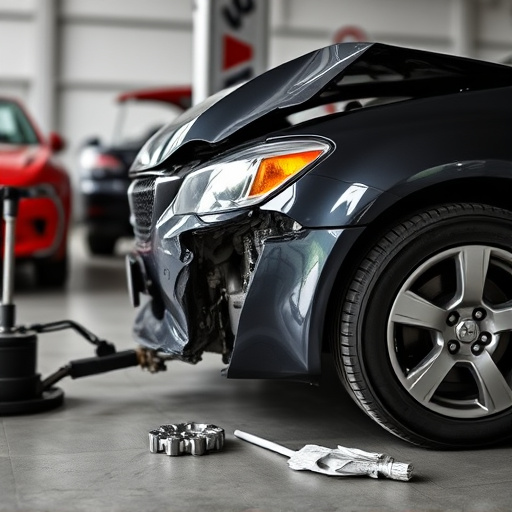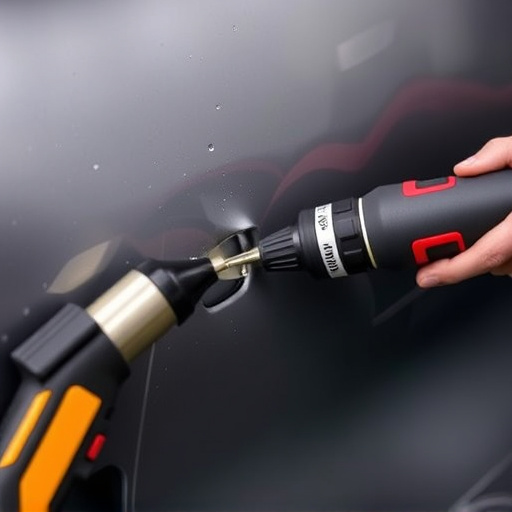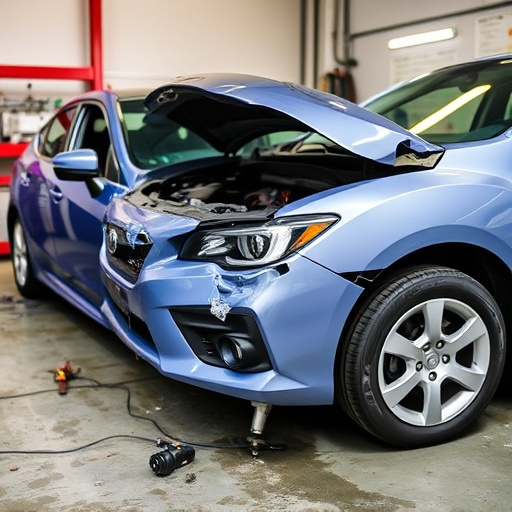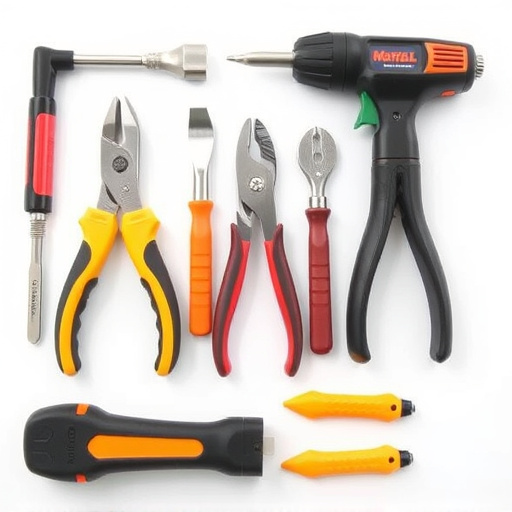Repair Expectations Management (REM) is a strategic approach enhancing customer satisfaction and quality in collision repair by setting, communicating, and managing expectations. Through transparent practices, including clear explanations of scope, timelines, and costs, REM ensures efficient resource management, accurate labor allocation, and high-quality services exceeding client expectations. Effective communication builds trust, addresses perceptions, and fosters lasting loyalty.
In today’s competitive market, effective repair expectations management is a game-changer in quality assurance. This strategy involves setting and communicating realistic expectations with customers, ensuring their satisfaction and fostering trust. By understanding repair expectations management, businesses can navigate the intricate landscape of customer service, enhance operational efficiency, and build a reputation for excellence. We explore key aspects, including setting realistic expectations and implementing effective communication strategies, to ensure optimal client experiences.
- Understanding Repair Expectations Management
- Setting Realistic Customer Expectations
- Strategies for Effective Communication
Understanding Repair Expectations Management

Repair Expectations Management (REM) is a strategic approach that plays a pivotal role in enhancing customer satisfaction and ensuring quality within collision repair services or vehicle body shops. It involves setting, communicating, and managing expectations regarding the repairs to be conducted on damaged vehicles, often following minor incidents like fender benders. REM aims to bridge the gap between what customers anticipate and what they actually receive during the restoration process.
By implementing effective REM practices, vehicle body shops can foster transparency and build trust with their clients. This involves providing clear explanations of the repair scope, timelines, and potential costs, ensuring customers are well-informed about every step. Moreover, it enables shop managers to manage resources efficiently, allocate labor accurately, and deliver high-quality collision repair services that meet or exceed client expectations.
Setting Realistic Customer Expectations

Setting realistic customer expectations is a cornerstone of successful repair expectations management in any collision repair center or automotive restoration facility. It involves clearly communicating the scope, timeline, and potential outcomes to clients from the outset. By understanding their specific needs and preferences, repair facilities can tailor their services accordingly, ensuring customers are well-informed about what to expect during the car restoration process. This proactive approach fosters trust and builds a positive reputation for the business.
Realistic expectations management also involves managing client perceptions and addressing any misconceptions or fears they may have regarding the repair process. For instance, explaining technical aspects in simple terms, providing transparent pricing structures, and offering visual references or before-and-after examples can help alleviate anxiety. Ultimately, setting and managing these expectations is key to delivering exceptional service, ensuring customer satisfaction, and fostering long-term loyalty for collision repair centers and automotive restoration specialists.
Strategies for Effective Communication
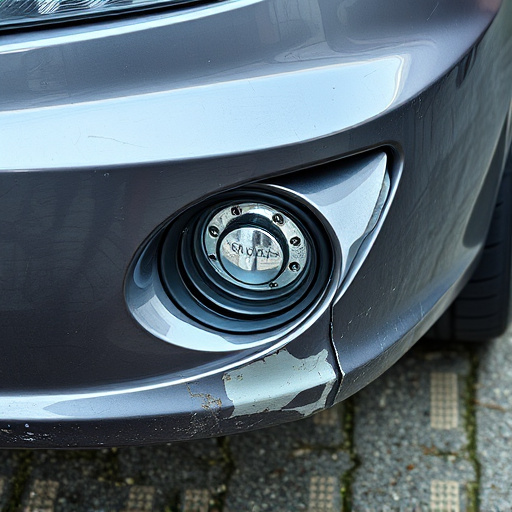
In the realm of quality assurance, particularly within industries like automotive repair, effective communication is key to achieving successful repair expectations management. This involves setting clear and realistic expectations with clients regarding the scope of work, timeline, and potential outcomes. For instance, when offering car paint services or tire services, technicians should communicate not only the technical aspects but also any anticipated delays or additional costs, ensuring clients are fully informed.
Strategic communication includes using simple, understandable language to explain complex procedures, confirming client approval for proposed solutions, and providing regular updates throughout the repair process. This two-way dialogue fosters trust, allows for client involvement, and ultimately contributes to delivering high-quality automotive repair services that meet or exceed initial expectations.
Repair Expectations Management is a cornerstone of quality assurance, ensuring customer satisfaction and fostering long-term relationships. By understanding this concept, setting realistic expectations, and employing effective communication strategies, businesses can navigate complex service scenarios with ease. This holistic approach not only enhances operational efficiency but also strengthens the bond between customers and service providers.


